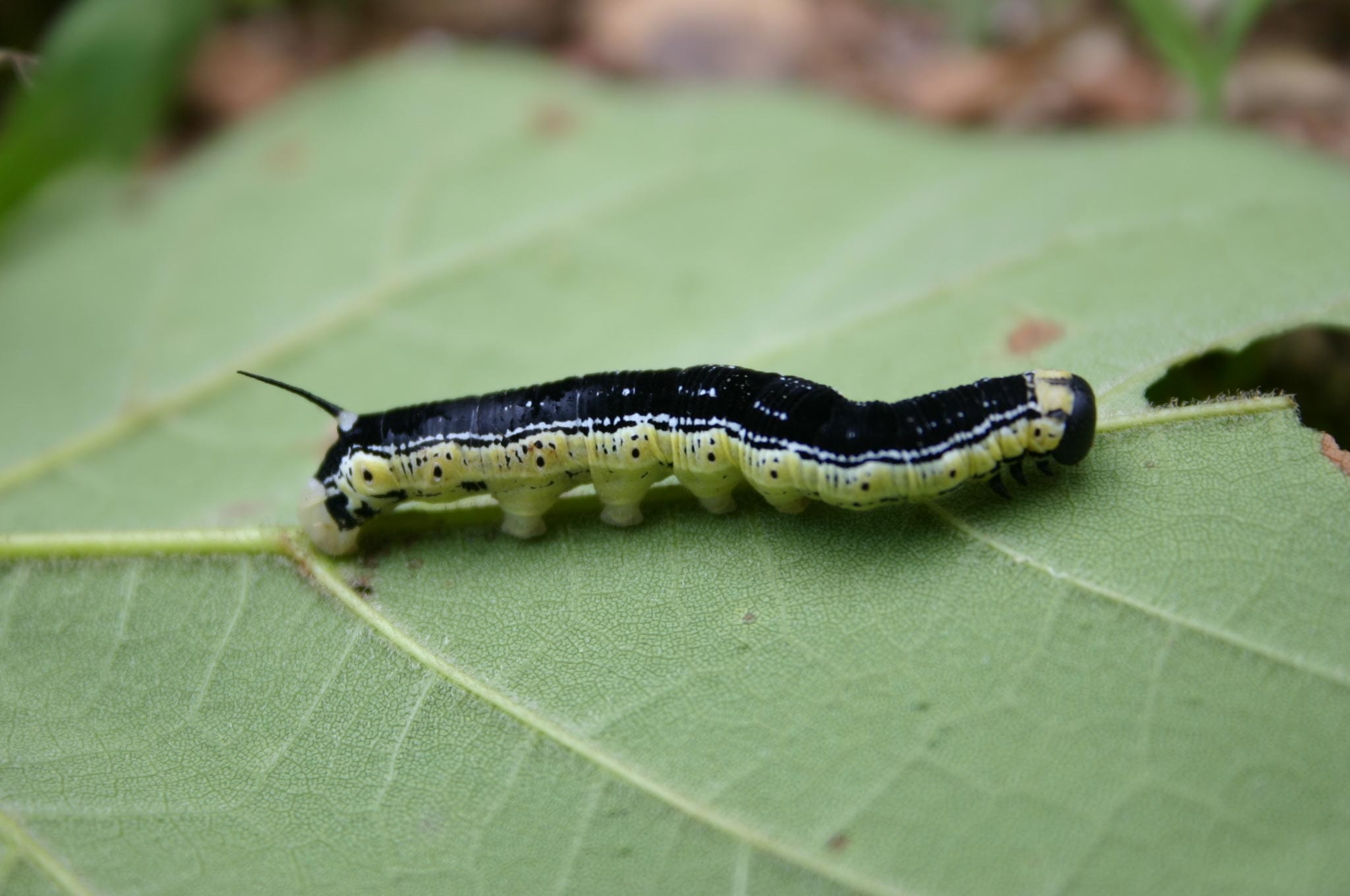So, you need catalpa worms? Whether you’re a seasoned angler or a curious newcomer, this guide covers everything from sourcing these wriggly wonders to their care and even legal considerations. Let’s dive in!
Where to Find Your Catalpa Worms: A Comprehensive Guide
Finding the right catalpa worms is crucial for your needs–whether fishing, pet feeding, or other purposes. Where to find them depends on factors like urgency, budget, and your willingness to handle live insects.
Online Marketplaces and Retailers
Online marketplaces like eBay and specialized insect retailers offer a wide selection, often with various sizes and shipping options. However, carefully review seller ratings and prioritize vendors with positive feedback regarding live delivery. Shipping live worms is more expensive than frozen ones due to the added requirements of maintaining proper temperature and humidity. Remember to factor in these costs. Be sure to check reviews before purchasing to ensure the quality of the worms and the reliability of the seller’s shipping practices.
Local Bait Shops
Your local bait shop is another excellent option. They often provide immediate access to worms, and the staff can usually offer advice on regional varieties and fishing techniques. The benefit of a local purchase is the ability to examine the worms before buying, which should give you a good indication of their health and size. The price may vary depending on supply and demand.
Raising Your Own Catalpa Worm Colony: A Step-by-Step Guide
Growing your own catalpa worms is feasible and ensures a fresh supply. Note that this is a longer-term solution requiring preparation and planning.
Locate a Catalpa Tree: A healthy, mature catalpa tree is essential. The larger the tree, the more worms it likely supports. Learn to identify both Northern and Southern Catalpa trees to find suitable sources in your area. [https://www.lolaapp.com/where-do-you-get-catalpa-worms]
Optimal Harvesting Time: The ideal time for harvesting varies regionally, depending on weather patterns and the tree’s growth cycle. Your local agricultural extension office or entomologist can provide insights into seasonal availability in your area. [https://www.lolaapp.com/what-is-the-life-cycle-of-a-catalpa-worm]
Sustainable Harvesting Practices: Collect worms responsibly. Avoid stripping the tree bare, ensuring the tree’s health and the continuance of the worm population.
Preservation Techniques: Freezing is the best method for long-term storage. Proper procedures, such as blanching and thorough drying, help maximize the quality. [https://www.lolaapp.com/can-you-freeze-catalpa-worms-and-they-come-back-to-life]
Worm Selection: Live, Frozen, or Artificial?
Catalpa worms are available in various forms, each with advantages and drawbacks.
| Worm Type | Advantages | Disadvantages |
|---|---|---|
| Live | Natural movement, usually more effective for fishing | Perishable, require careful handling and cool storage, costlier shipping |
| Frozen | Longer shelf life, easier to ship | May be less effective than live worms for some applications |
| Artificial | Durable, reusable, available in various colors/scents | Less natural appearance and movement |
The choice depends on your intended use. For fishing, live worms are often preferred for their natural movement. The other options are more convenient but might be slightly less effective.
Beyond Fishing: Alternative Uses for Catalpa Worms
While primarily used as fishing bait, some reptile keepers and bird enthusiasts use catalpa worms as food. However, more research is needed to fully understand their nutritional value and ensure their safety for non-fishing applications. Remember to thoroughly clean and inspect worms before using them for pet food to prevent the introduction of harmful substances.
Legal and Ethical Considerations
Before buying or collecting catalpa worms, check local laws and regulations, especially if you plan on selling them. Sustainable harvesting is crucial to preserve both catalpa tree populations and the worms themselves. Always obtain permission before collecting worms from private property.
Your Catalpa Worm Shopping Checklist
- Compare Prices: Research prices from different sources to find the best deals.
- Read Reviews: Check online reviews to gauge the quality of worms and the seller’s reliability.
- Consider Shipping: Live worms require special shipping, including temperature-controlled packaging. Factor in shipping costs and potential delays.
- Support Ethical Practices: Prioritize sellers who prioritize sustainable harvesting and humane handling.
Frequently Asked Questions (FAQs)
Q: Can you freeze catalpa worms and they come back to life? A: No, freezing kills the worms. Freezing is a preservation method, not a hibernation one. Although refrigeration can slow down their metabolism, freezing halts biological processes entirely. [https://www.lolaapp.com/can-you-freeze-catalpa-worms-and-they-come-back-to-life]
Q: What is the life cycle of a catalpa worm? A: The catalpa worm’s life cycle is a remarkable transformation from tiny eggs to a voracious caterpillar, then to a pupa and finally, an adult catalpa sphinx moth. This entire cycle typically takes approximately six weeks, allowing for multiple generations each year, depending on location and environmental factors. [https://www.lolaapp.com/what-is-the-life-cycle-of-a-catalpa-worm]
This comprehensive guide provides a strong foundation for potential buyers. Remember to always prioritize responsible and sustainable practices when dealing with catalpa worms.
















